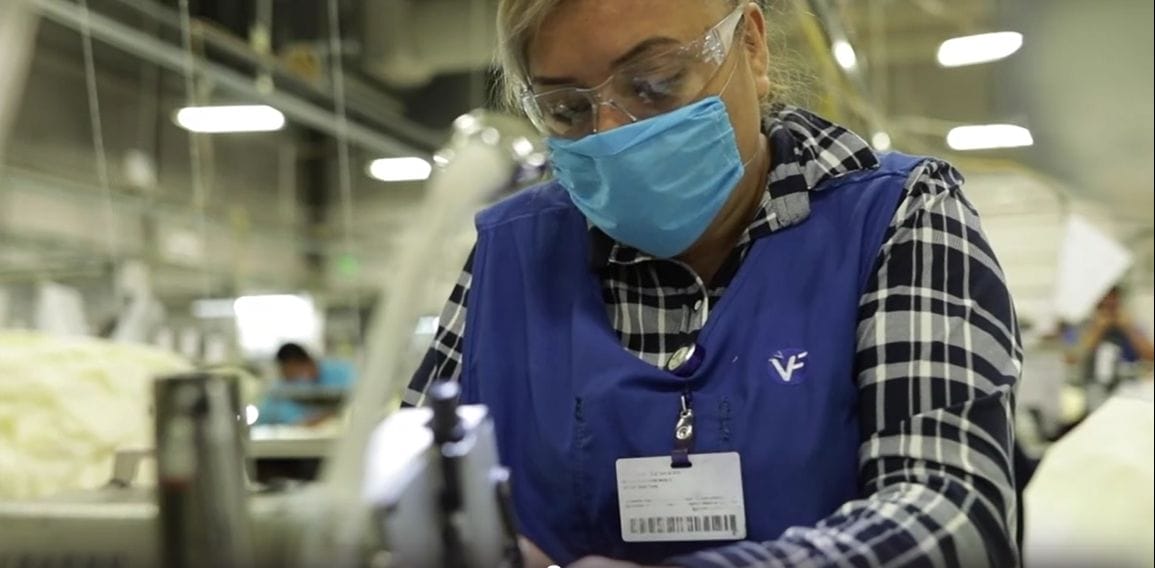For the past year, an astounding 44 percent of employees have been working remotely full time, and two-thirds of employees have done remote work at least one day per week. With vaccination rates on the rise and offering a light at the end of the pandemic tunnel, employers are starting to plan for bringing employees back to the physical workplace.
These decisions involve a lot of key questions an employer needs to answer in planning for where employees will work in a post-vaccine, post-pandemic world.
Here are four questions to think about.
1. How have employees performed during the pandemic while working remotely?
Has an employee been less productive, as productive, or more productive? Have they stayed connected and in communication? Can you trust them to continue to work remotely, or do they need closer monitoring? Have you gotten more productivity out of employees during the pandemic because of the resulting blurring of work time and personal time (i.e., if one’s home is now the workplace, do they ever really disconnect from working)?
2. What is an employee’s preference?
Do they want to continue working remotely, would they prefer to return to a physical office or workspace or do they want some type of flexible or hybrid arrangement? Do they have long commutes that eat into their available working time, and will remote work create greater productivity as a result?
3. Does remote work makes sense for your business moving forward?
How interactive do your employees need to be in performing their jobs? Is their work highly collaborative, and being with people, in person, will assist in getting the job done quicker and at a higher quality? Or does your business involve production processes that cannot be done or effectively managed remotely? Or can employee “get it done” just as well without being face-to-actual-face with others?
4. What about high-risk employees and working parents?
COVID-19 more disproportionately severely impacts older people and people with certain underlying health conditions. And, working parents who lost child care during the pandemic had other reasons to remain at home. Thus, separate from stay-at-home order and social distancing rules that have kept everyone home, these employees have a greater reason to have worked remotely and remain remote. As individuals are vaccinated and schools and childcare reopen, these concerns should melt away, but employers still need to be mindful of not discriminating on account of age, disability, and parental/caregiver status as they bring employees back to work and reintegrate them into the workplace.
COVID-19 has changed how most businesses think about work from home. That genie is likely never going back in the bottle. Each business will have to answer all of the above questions in deciding what work from home looks like for them and their employees as we move into a post-pandemic world and workplace.








